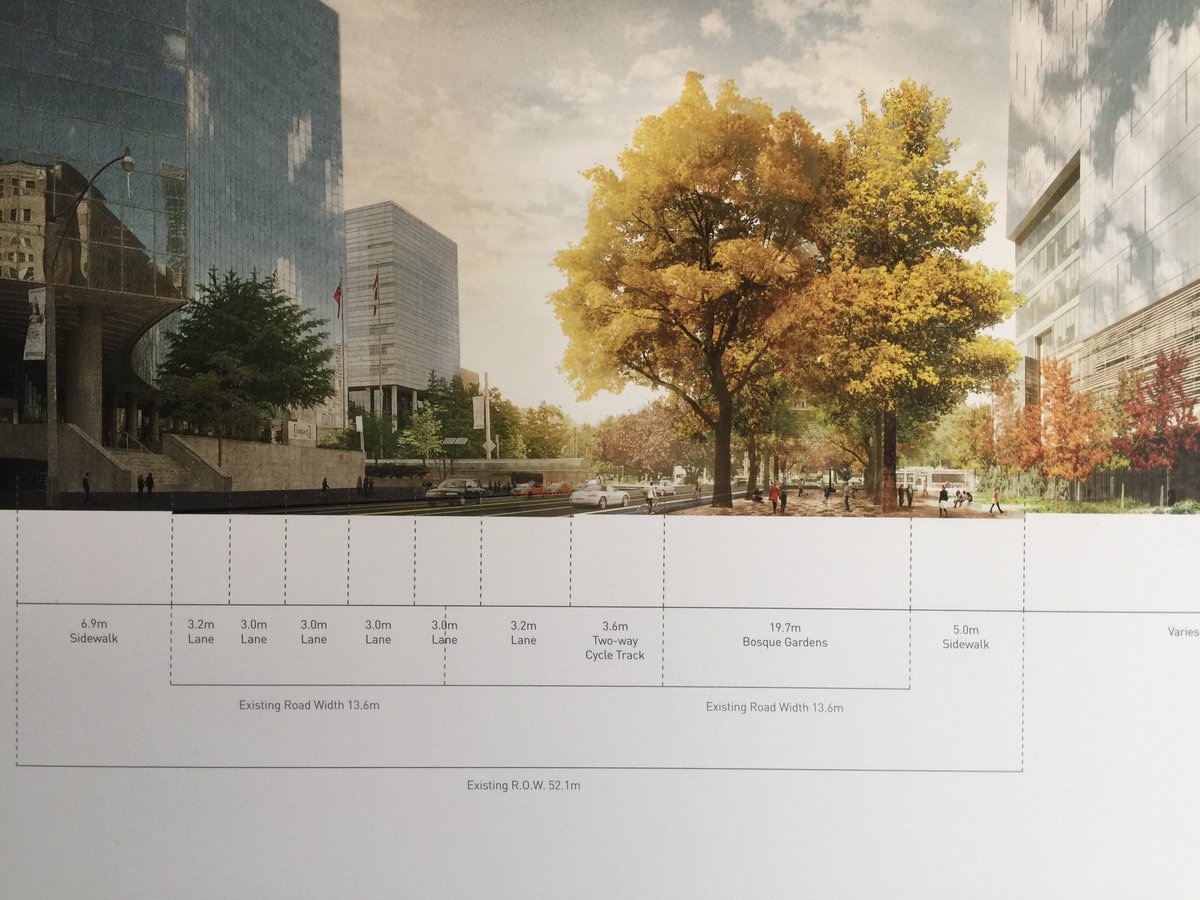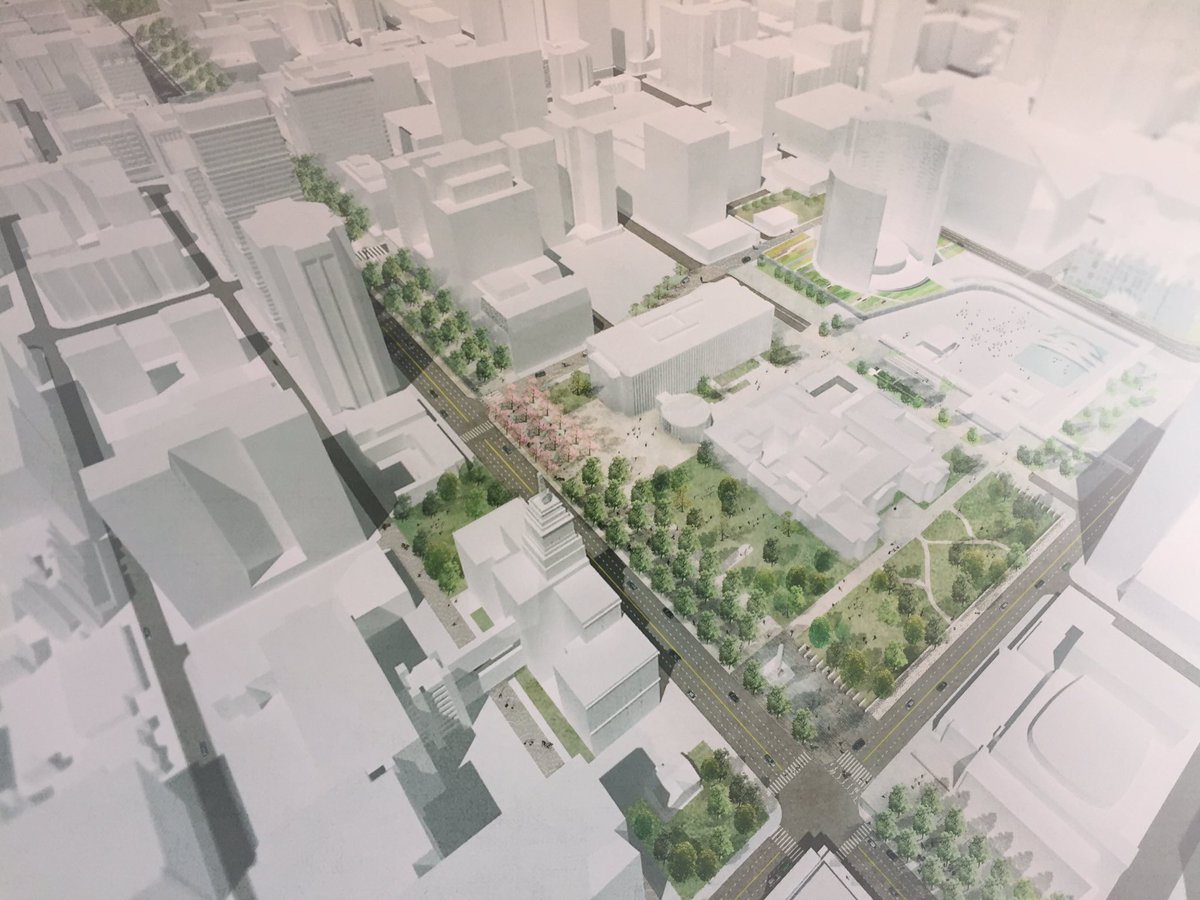[...]
If this parking lot was in Ontario, you'd be right – the rules of the road don't apply on private property there – but in Alberta, traffic rules, speed limits and road signs work the same way, wherever you're driving.
Laws vary from province to province, but the road legislation in Alberta and B.C., for example, applies on privately owned property, like the parking lot at Costco, for instance.
"In Alberta, the Traffic Safety Act applies anywhere a car can be driven that's accessible to the public, even if it's privately owned," says Trent Bancarz, spokesman for Alberta Transportation. "So, yes, stop signs and speed limits on parking lots have the force the law."
So, if you're in a fender bender in a parking lot in Alberta, you have to call police if there's damage over $2,000 or if anyone has been injured. Police would investigate and lay charges under the Traffic Safety Act – the same way they would if the accident was on a highway or on a residential street. Alberta Transportation would only issue demerits if somebody was charged, Bancarz says.
The demerits are applied automatically, based on the offence.
In B.C., it works the same way under the province's Motor Vehicle Act. The police have to be called if damage is over $1,000 or if there's an injury.
Ontario is an exception – its Highway Traffic Act (HTA) doesn't apply at all on shopping centre parking lots because they're considered private property.
"In Ontario, traffic signs and speed limits in parking lots aren't enforceable," says Terry L. Fox, manager of the legal advisory department for the Canadian Automobile Association (CAA) of South Central Ontario. "You have to be on a highway, and any public road is considered a highway."
"Not that we'd advise anybody to speed or talk on their cell phones in a parking lot. But, no, the rules of the road don't apply."
Because Ontario parking lots aren't considered roads, you can operate a vehicle in them without a driver's license, vehicle registration or insurance – although you'd need to take a public road to get to a parking lot in the first place.
"That one always surprises people," Fox says.
That doesn't mean drivers can do whatever they want in the Wild West style lawlessness of a Mississauga parking lot.
"You would be charged under the Criminal Code for dangerous operation of a motor vehicle," Fox says. That's a federal offence and applies everywhere in Canada. Accidents in Ontario have to be reported to police if damage is over $1,000 or if there has been an injury.
Some large shopping centres have made arrangements with their local governments so that the municipality classifies the shopping centre's main roads as a highway, in order for them to be covered by the HTA, and speed limits and road signs can be enforced, says Ontario's Ministry of Transportation.
Even when the rules of the road don't legally apply, drivers should still be following them in parking lots, says Bobbie Turcotte, manager of CAA driver training.
That means, for example, not zooming diagonally though empty parking spaces to get to an exit more quickly.
"We'd never have students driving through empty parking spaces," Turcotte says. "Instead of cutting through spaces and lanes where there are no vehicles, you should treat the lanes in the parking lot as though they are lanes of traffic on a road."
So, do drivers think they can do whatever they want in parking lots, especially when the rules don't apply?
"I don't think people think that way. This is just my opinion, but I think if someone's a conscientious driver, they'll be that way wherever they are," Turcotte says. "People who are lousy drivers in parking lots will be lousy drivers on the road."
Turcotte says drivers in parking lots need to be especially cautious because of the concentration of pedestrians.
"There are so many blind areas. The could be a three-year-old darting out from between two cars.... A lot of it is common sense. You should still be scanning for oncoming cars and shoulder checking."
"If you hit an intersection in a parking lot, you follow the basic rules. Whoever gets there first, goes first. You yield to the person on your right."
When it comes to deciding fault for insurance purposes, parking lot thoroughfares, whether or not they're marked, usually have the right of way, according to the Insurance Bureau of Canada (IBC).[...]








